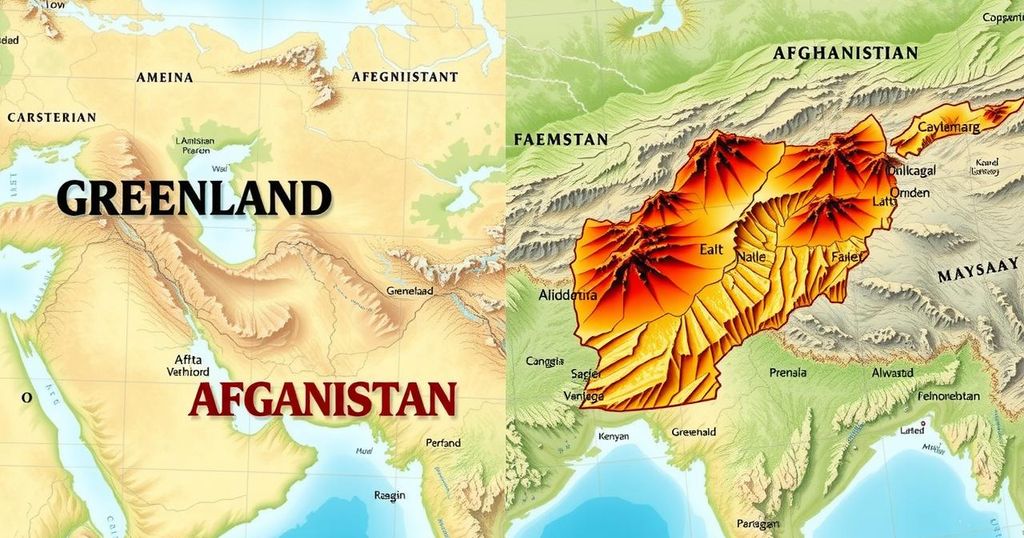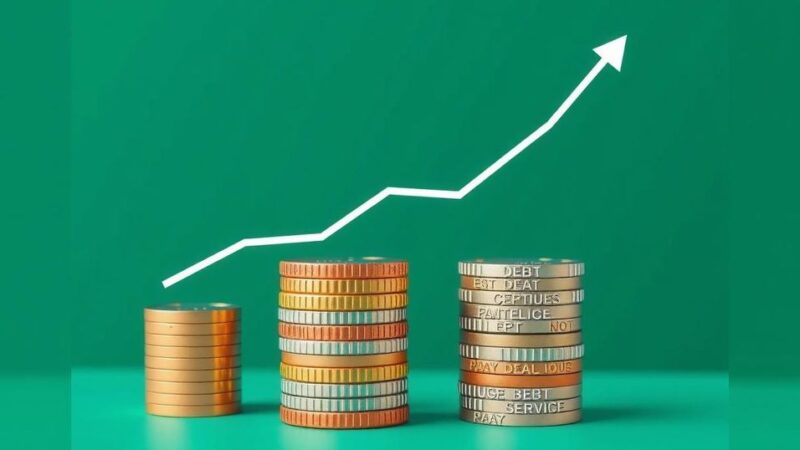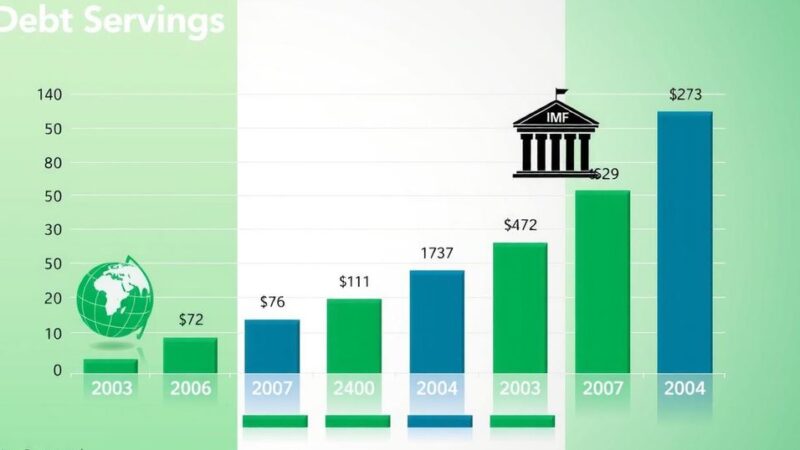This article examines the potential of Afghanistan and Greenland in the race for critical minerals, highlighting their rich mineral reserves and the unique challenges they face in extraction. Afghanistan’s vast resources include metals vital for technology, while Greenland’s deposits are crucial for reducing reliance on Chinese imports. The interplay of politics, economics, and environmental concerns will shape the development of these resources.
The race for critical minerals, essential for modern economies, is reshaping geopolitical landscapes in the 21st century. These resources are vital for construction, energy, and manufacturing, particularly in technology sectors focused on semiconductors. Afghanistan and Greenland stand out as two regions rich in untapped mineral reserves, each facing distinct challenges in resource extraction and geopolitical relations.
Afghanistan’s unique geological positioning, formed by the intersection of multiple tectonic plates, has resulted in a wealth of minerals including copper, aluminum, and iron ore, with an estimated value nearing $1 trillion. Historically a source of valuable gemstones, Afghanistan’s unexplored lithium reserves may surpass those of Bolivia. Furthermore, Afghanistan harbors significant deposits of rare earth metals necessary for modern manufacturing, but extracting these resources is complicated not only by challenging terrain but also by ongoing security issues and political instability since the Taliban’s return to governance.
The Taliban aims to capitalize on Afghanistan’s mineral wealth but faces hurdles, including lack of international recognition and sanctions. In 2024, the Taliban announced foreign investments from countries such as China, which is expected to play a crucial role in Afghanistan’s mining sector, emphasizing the geopolitical dimensions of mineral extraction. However, developing these resources into productive mines takes extensive time, often around 16 years, depending heavily on resolving security and political challenges.
Greenland, primarily covered by an ice sheet, has begun to reveal its mineral potential due to climate change effects. The region is believed to harbor substantial deposits of technology-critical minerals, including rare earth metals, which are essential for reducing reliance on imports from China. With almost 100 mining licenses issued to companies for exploration, Greenland is focusing on developing its mining sector to stimulate economic growth. However, the government faces environmentalist opposition and logistical barriers that complicate the extraction process, with only two active mines currently operational.
Both Afghanistan and Greenland illustrate how political and geographical factors intertwine in the global competition for critical minerals. Their potential resource wealth and the development dynamics surrounding it will be influenced by economic interests, military power, and diplomatic negotiations, determining who ultimately benefits from these mineral deposits.
In conclusion, both Greenland and Afghanistan represent significant opportunities in the global competition for critical minerals, driven by their rich geological resources. The political, economic, and environmental challenges they face will be pivotal in shaping which nations or companies successfully extract and benefit from these vital minerals. As countries seek to reduce dependence on specific suppliers, the strategic importance of these regions in the global mineral landscape will likely continue to grow.
Original Source: www.voanews.com






